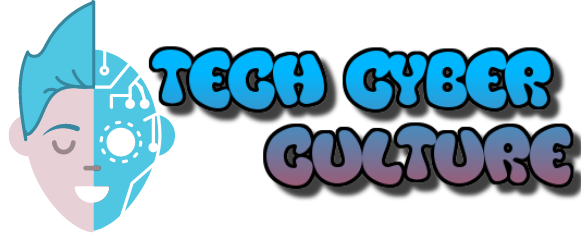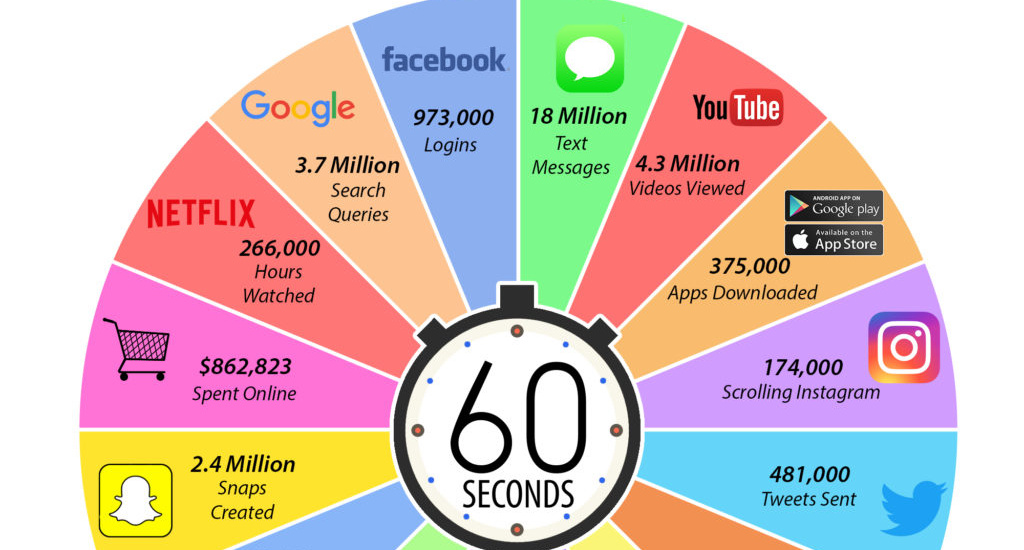What are the top 10 trends in digital marketing and the use of data-driven strategies for targeted advertising?
1. Personalization: The ability to deliver personalized and tailored experiences to consumers based on their preferences, behaviors, and demographics.
2. Artificial Intelligence (AI) and Machine Learning: Leveraging AI and machine learning algorithms to analyze large amounts of data for better decision making and optimization of ad campaigns.
3. Voice search optimization: With the rise of voice-enabled devices, optimizing digital marketing strategies for voice search queries is becoming increasingly important.
4. Video marketing: Videos have proven to be highly engaging and effective in capturing the attention of consumers, resulting in increased investment in video advertising across various platforms.
5. Influencer marketing: Collaborating with social media influencers to promote products or services, connecting with their niche audiences and leveraging their reach and credibility.
6. Programmatic advertising: Utilizing programmatic technology to automate the buying and selling of ad inventory, ensuring ads are delivered to the most relevant audience at the right time.
7. Data privacy and compliance: With the introduction of stricter data protection regulations, marketers must prioritize data privacy and comply with regulations to ensure consumer trust.
8. Augmented Reality (AR) and Virtual Reality (VR) marketing: AR and VR technologies are increasingly being used to create immersive experiences for consumers, allowing them to engage with brands in new and exciting ways.
9. Micro-moments marketing: Targeting consumers during specific moments, such as when they are searching for information, making a purchase decision, or seeking entertainment, to deliver relevant messaging.
10. Cross-channel marketing attribution: Connecting the dots between multiple marketing channels and attributing conversions or sales to the appropriate touchpoints in the consumer journey, enabling better optimization and budget allocation.






